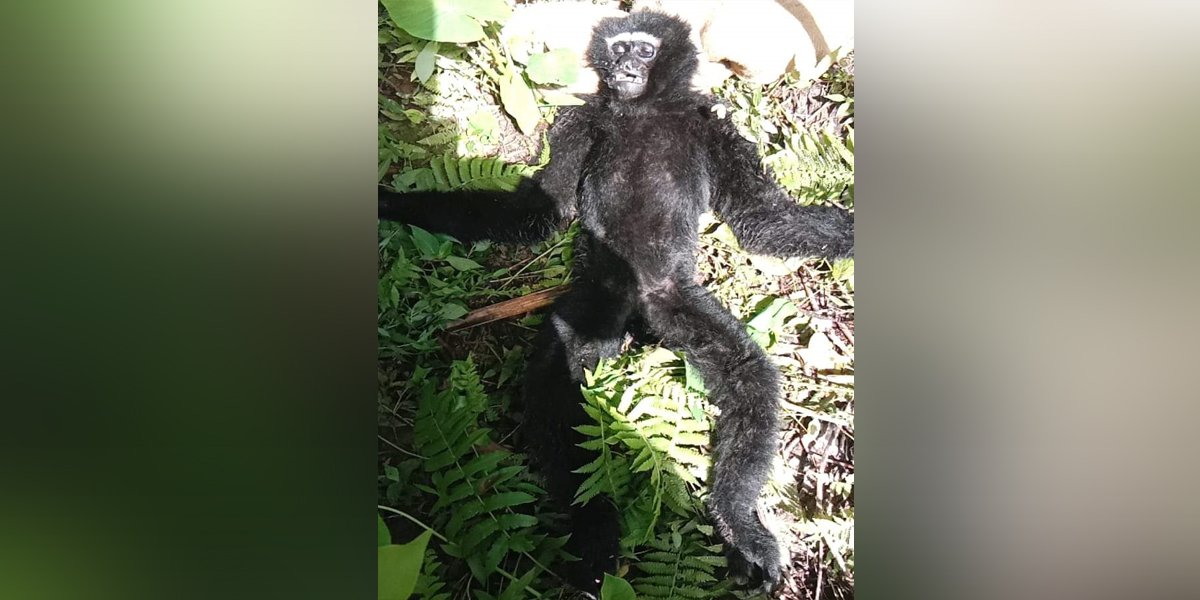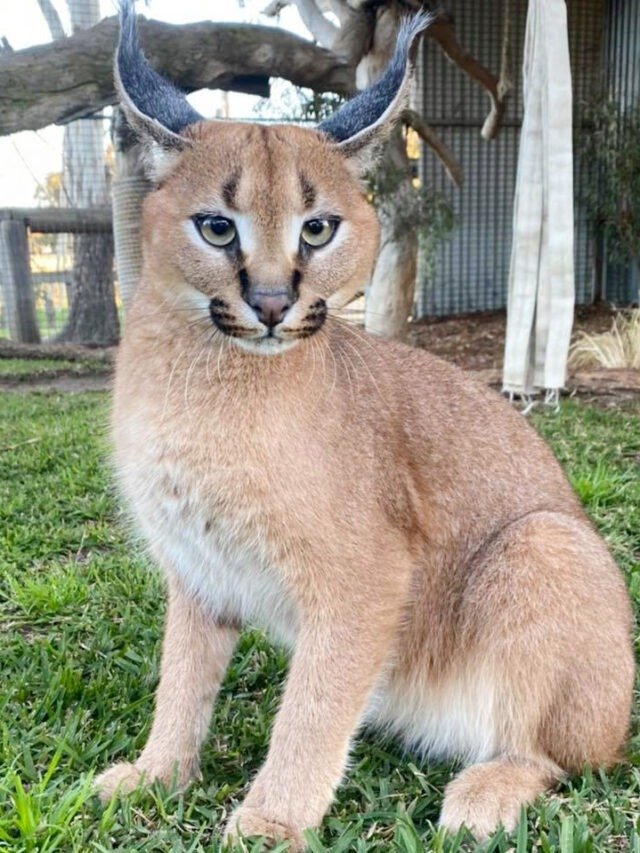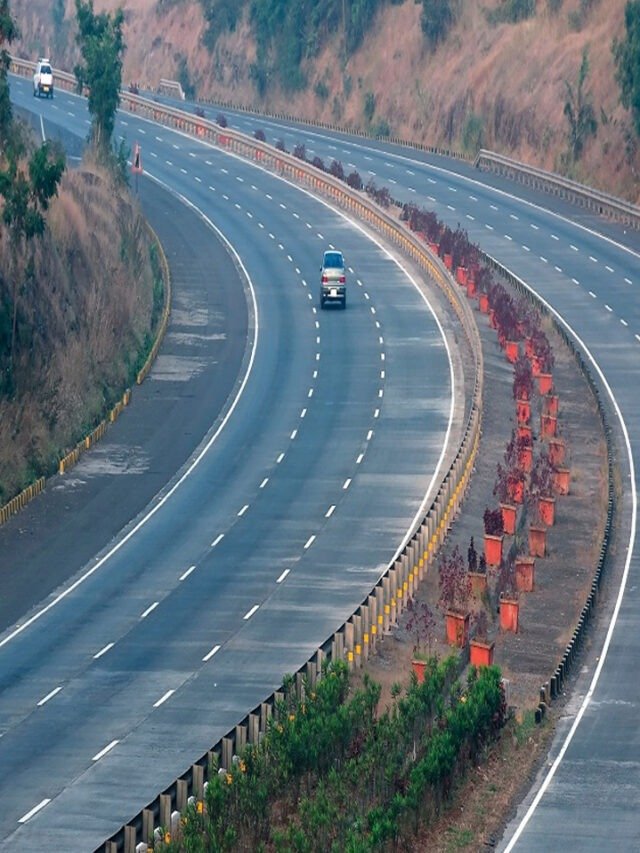GUWAHATI, Aug 6: The endangered Western Hoolock Gibbons, the only ape of India, are under threat with cases of local extinction already observed in fragmented forest patches in the northeast region, a primatologist said here on Wednesday.
Habitat loss due to encroachment, unregulated resource extraction, infrastructure development, tea plantations, shifting cultivation, hunting, and wildlife trafficking are threats to these primates, he said.
‘There has been a steady decline in the population of Western Hoolock Gibbons with cases of local extinction observed in fragmented forest patches of the northeastern region in India,’ primatologist Dilip Chetry said after returning from Antananarivo in Madagascar, where the 30th Congress of the International Primatological Society (IPS) was held recently.
He urged the central government to initiate a national-level Project Gibbon, modelled on Project Tiger or Project Elephant, to ensure the long-term survival of India’s only ape.
He pointed out that the Western Hoolock Gibbon is one of the 20 gibbon species found in Asia, and its distribution spans eastern Bangladesh, northeastern India, and parts of Myanmar.
The population of the ape in India is restricted to the southern bank of the Brahmaputra river and east of the Dibang river across seven states in the northeast region.
The primatologist, who is also the vice chair of the IUCN SSC Primate Specialist Group – South Asia, called for urgent conservation actions, including the restoration of degraded habitats, creation of ecological corridors, scientific research, capacity building for forest staff, and community engagement.
He also stressed the need to promote the Western Hoolock Gibbon as a flagship species to generate broader public and policy support for biodiversity conservation in the region.
Chetry urged the Centre to develop a dedicated ‘Gibbon Conservation Action Plan’ for each state in northeast India, leading towards a national action plan with dedicated budgetary support.
The Congress of the International Primatological Society, held from 20–25 July, brought together 657 registered delegates from 53 countries to evaluate the world’s 25 most endangered primates for 2025–2027.
The Congress declared 25 most endangered primates of the world, which include six from Asia- Banka Slow Loris, Sangihe Tarsier, Pig-tailed Langur, Myanmar Snub-nosed Monkey, Tapanuli Orangutan and Western Hoolock Gibbon, Chetry said. (PTI)












